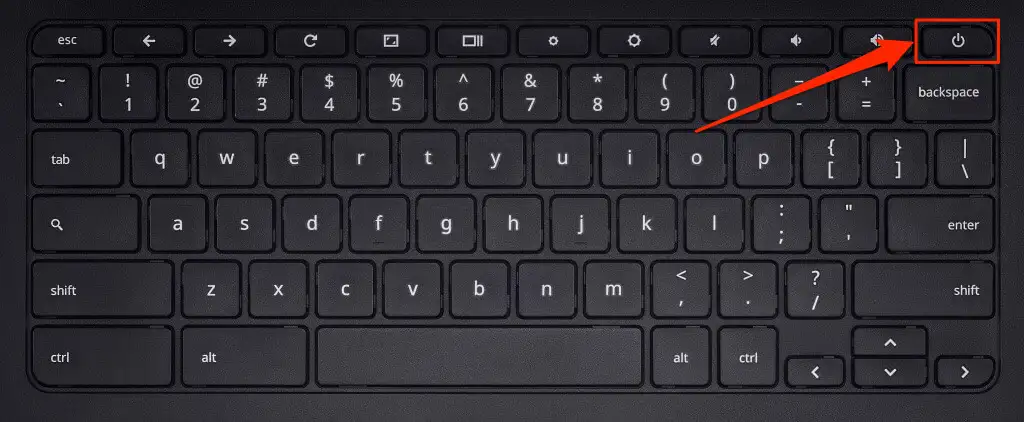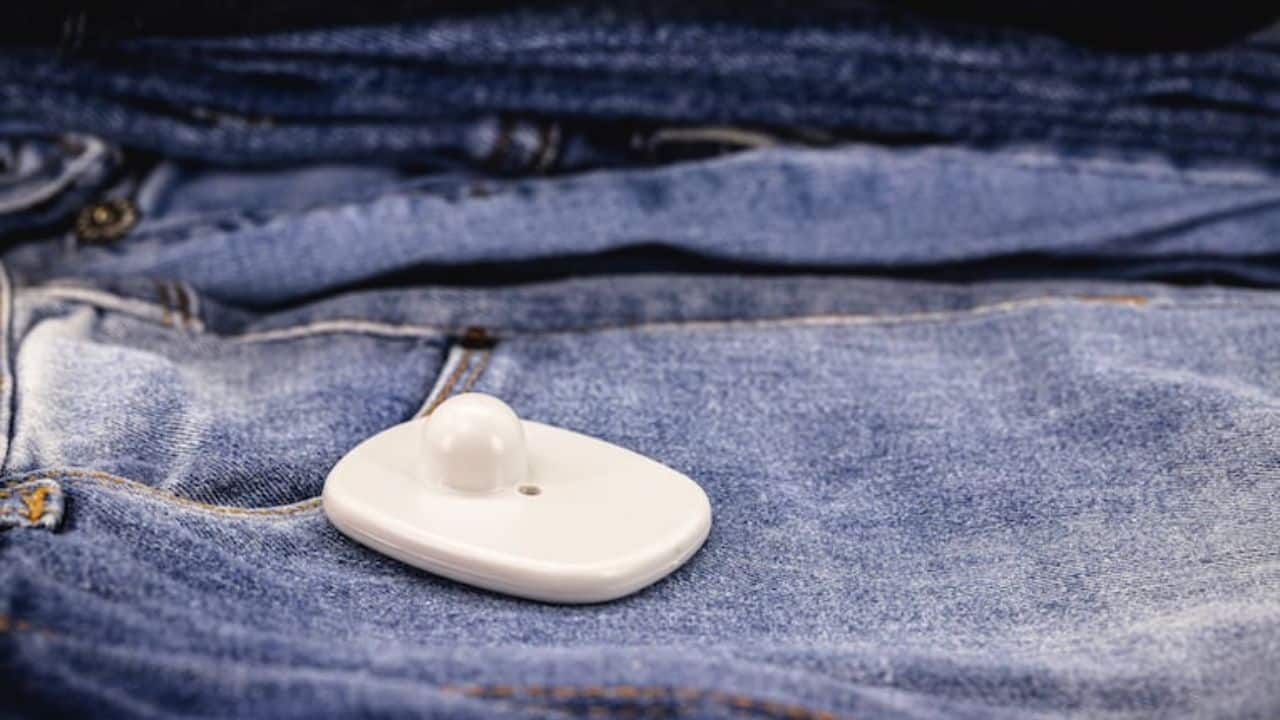Chromebooks have emerged as a popular choice for their user-friendly interface, portability, and affordability. However, like any electronic device, Chromebooks can occasionally encounter glitches or performance issues. One simple yet effective solution to address these hiccups is learning how to restart your Chromebook. This seemingly straightforward task may have some nuances, prompting the need for a comprehensive guide on restarting your Chromebook.
Fortunately, in this article, we will be revealing the various methods for restarting your device and gaining insights into potential troubleshooting scenarios.
Table of contents
- Restarting Your Chromebook
- What are some potential causes of Chromebook slowdowns or freezes?
- What are some preventive measures to avoid Chromebook restarts due to performance issues?
- Additional troubleshooting tips for Chromebook issues?
- How can I improve my Chromebook’s battery life to minimize the need for frequent restarts?
- What are some additional resources for Chromebook troubleshooting and optimization?
- How can I stay informed about the latest Chromebook updates and security advisories?
- FAQs
- Conclusion
- References
- Recommendations
Restarting Your Chromebook
Here’s how to restart your Chromebook:
- Locate the Power button on your Chromebook, usually situated on the side or near the keyboard.
- Gently press and hold the Power button for a few seconds.
- A menu will appear with the option to “Restart”.
- Select “Restart” and allow your Chromebook to complete the restart process.
- Click on the Quick Settings icon in the bottom right corner of your Chromebook’s screen.
- A menu will expand, displaying various options.
- Locate the power button icon and click on it.
- Select the “Restart” option from the pop-up menu.
- Your Chromebook will proceed to restart.
You can also read: How to Delete Snapchat Group
3. Restarting Using Keyboard Shortcut
- Press and hold the Ctrl key and the Reload key simultaneously.
- Release both keys when the restart confirmation prompt appears.
- Select “Restart” to initiate the restarting process.
4. Restarting When Unresponsive
If your Chromebook is unresponsive, press and hold the Power button for at least 10 seconds. This will force a hard restart, effectively turning off the device and then restarting it.
5. Restarting for Troubleshooting Purposes
Restarting your Chromebook is often a valuable troubleshooting step when encountering issues like slow performance, freezing applications, or unexpected errors. It allows the Chromebook to refresh its processes and clear temporary files, potentially resolving minor glitches.
What are some potential causes of Chromebook slowdowns or freezes?
- Insufficient RAM: If your Chromebook has limited RAM, it may struggle to handle multiple applications or resource-intensive tasks, leading to slowdowns or freezes.
- Outdated software: Running an outdated version of Chrome OS or applications can introduce bugs and compatibility issues that can affect performance.
- Excessive browser extensions: Installing too many browser extensions can consume system resources and cause slowdowns.
- Insufficient storage space: When your Chromebook’s storage space is almost full, it can affect system performance and responsiveness.
- Hardware limitations: Older Chromebook models may have hardware limitations that make them less capable of handling modern applications or multitasking.
What are some preventive measures to avoid Chromebook restarts due to performance issues?
- Monitor RAM usage: Regularly check your Chromebook’s RAM usage to ensure it’s not being maxed out. Close unnecessary applications and consider upgrading RAM if needed.
- Keep software updated: Regularly check for and install updates for Chrome OS and your applications. This ensures you have the latest bug fixes and performance enhancements.
- Manage browser extensions: Review your installed browser extensions and remove any that are not essential or causing performance issues.
- Optimize storage usage: Regularly delete old files, uninstall unused applications, and move large files to external storage.
- Consider hardware upgrades: If your Chromebook is an older model, consider upgrading the RAM or storage to improve performance.
Additional troubleshooting tips for Chromebook issues?
- Powerwash: If restarting and other troubleshooting steps fail, consider performing a Powerwash, which factory resets your Chromebook and removes all local data.
- Check for malware: Use a reputable antivirus or anti-malware software to scan your Chromebook for potential infections.
- Run hardware diagnostics: Some Chromebooks have built-in hardware diagnostics tools that can identify potential hardware issues.
- Seek professional help: If you’re unable to resolve the issue on your own, consider contacting Chromebook support or visiting an authorized service center for assistance.
How can I improve my Chromebook’s battery life to minimize the need for frequent restarts?
- Adjust display brightness: The display is a major battery drain. Reduce the brightness to a comfortable level.
- Disable unnecessary background processes: Some background processes can consume battery unnecessarily. Identify and disable these processes.
- Manage power-hungry extensions: Certain extensions can drain the battery significantly. Review and remove any extensions that are not essential.
- Enable power-saving mode: Chrome OS has a power-saving mode that reduces performance to extend battery life.
- Utilize sleep mode: When not in use, put your Chromebook in sleep mode to conserve battery power.
Read also: What Can You Do With a Law Degree? New Update
What are some additional resources for Chromebook troubleshooting and optimization?
- Google Chromebook Help Center: This official resource provides comprehensive troubleshooting guides, FAQs, and support options.
- Chromebook forums and communities: Online forums and communities offer a wealth of user-generated troubleshooting tips and advice.
- Chromebook support articles and blogs: Numerous websites and blogs publish articles and guides on Chromebook troubleshooting and optimization.
How can I stay informed about the latest Chromebook updates and security advisories?
- Subscribe to Chrome OS updates: Set your Chromebook to automatically receive and install updates for Chrome OS and applications.
- Follow Google’s security blog: Google regularly publishes security advisories and updates on its security blog.
- Enable notifications for Chromebook support: Enable notifications from Chromebook support to receive alerts about important updates or security issues.
FAQs
While there is no set frequency, restarting your Chromebook once or twice a week is generally recommended.
If your Chromebook fails to restart using the standard methods, it may indicate a hardware issue. In such cases, it’s advisable to contact Chromebook support or visit an authorized service center for further assistance.
Regularly updating your Chromebook’s operating system and applications can help minimize the occurrence of issues that necessitate restarting. Additionally, ensuring adequate storage space and managing browser extensions can contribute to overall stability.
If restarting doesn’t resolve the issue, try clearing the browsing data and cache in your web browser. You can also perform a Powerwash, a factory reset option that restores the Chromebook to its original state.
Regularly update your Chromebook’s operating system and applications.
Manage browser extensions and remove unnecessary ones.
Monitor available storage space and free up space if necessary.
Close unused applications to avoid overloading the system.
Conclusion
Restarting your Chromebook is a simple yet effective troubleshooting technique that can resolve various performance issues and maintain overall stability.
Understand the different methods for restarting and addressing common queries so you can confidently tackle any technical hiccups that may arise. Remember, regular restarts are not only beneficial for troubleshooting but also contribute to a smoother and more enjoyable Chromebook experience.
References
- businessinsider.com – How to restart a Chromebook to fix issues with your laptop
- lifewire.com – How to Restart a Chromebook





